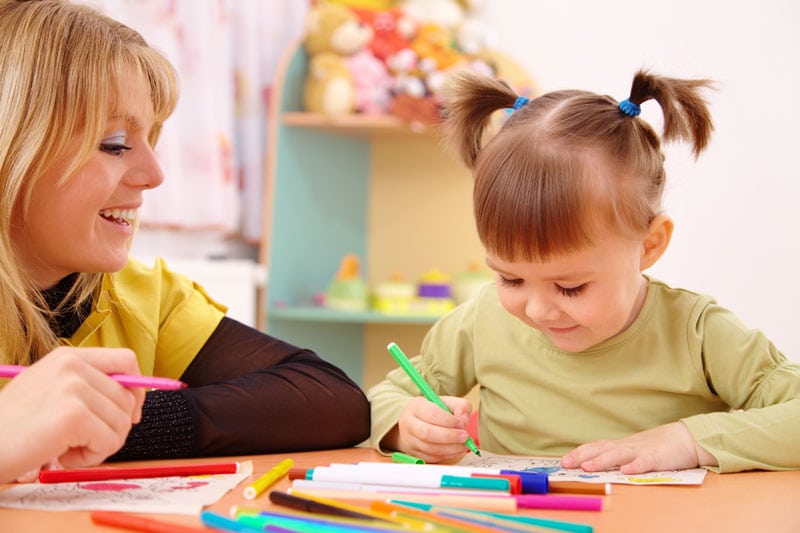Exploring the world through play is a cornerstone of effective preschool education, fostering holistic development in young minds. A well-designed preschool curriculum recognizes the innate curiosity and boundless energy of preschoolers, channeling these qualities into purposeful and engaging activities. The primary goal is to create an environment that seamlessly blends learning with play, allowing children to discover the world around them in a natural and enjoyable manner. One key aspect of a successful preschool curriculum is the incorporation of thematic units that cater to a child’s varied interests. These themes could revolve around seasons, animals, community helpers, or other relatable topics. By organizing activities and lessons around these themes, educators can ensure that each aspect of a child’s development is addressed. For instance, a unit on animals might involve storytelling sessions about different creatures, art projects to create animal masks, and even a visit from a local zoo or a virtual tour, providing a multi-sensory experience that enhances cognitive, emotional, and social development.

Hands-on experiences and sensory play are essential components of a preschool curriculum, allowing children to engage with their surroundings in a tactile manner. Activities such as finger painting, exploring various textures, or even simple science experiments stimulate sensory perception, fine motor skills, and creativity. These activities not only make learning enjoyable but also lay the foundation for future academic success by enhancing cognitive abilities and problem-solving skills. In addition to thematic units and hands-on activities, social interaction is a crucial element of preschool education. Group activities and cooperative play teach children valuable social skills, including communication, sharing, and teamwork. Through play, preschoolers learn to navigate social dynamics, understand emotions, and develop empathy. These skills are fundamental for building positive relationships and establishing a strong foundation for future academic and personal success.
Language development is another critical focus of a preschool curriculum. Reading aloud, storytelling, and incorporating rhymes and songs into daily activities contribute to language acquisition and literacy skills. Play-based learning allows children to absorb language naturally, expanding their vocabulary and comprehension in a way that feels organic enjoyable and Go to website. In conclusion, exploring the world through play is a dynamic and effective approach to preschool education. A well-rounded curriculum that combines thematic units, hands-on experiences, social interaction, and language development provides a rich and stimulating environment for young learners. By recognizing the innate curiosity and playful nature of preschoolers, educators can instill a love for learning that will benefit children throughout their academic journey and beyond, setting the stage for a lifetime of curiosity and exploration.
